Fascination with trees - even the roots can be so exciting
- Written by Portal Editor
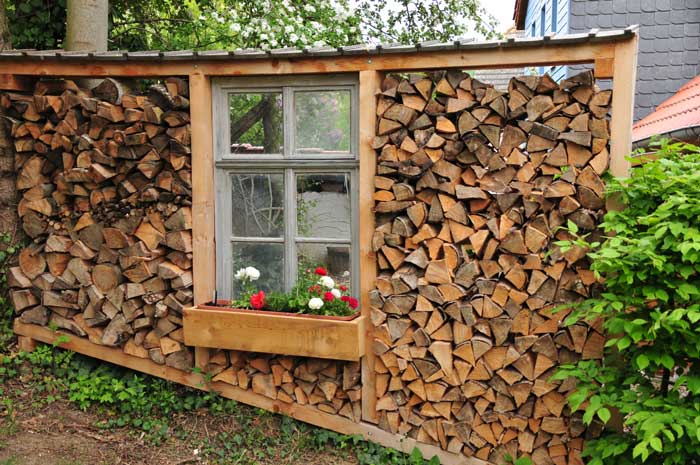
Trees have always had an incredible attraction for us humans, not just because of their functions as climate and water regulators, as producers of oxygen, as recreational zone and escape areas for humans and animals.
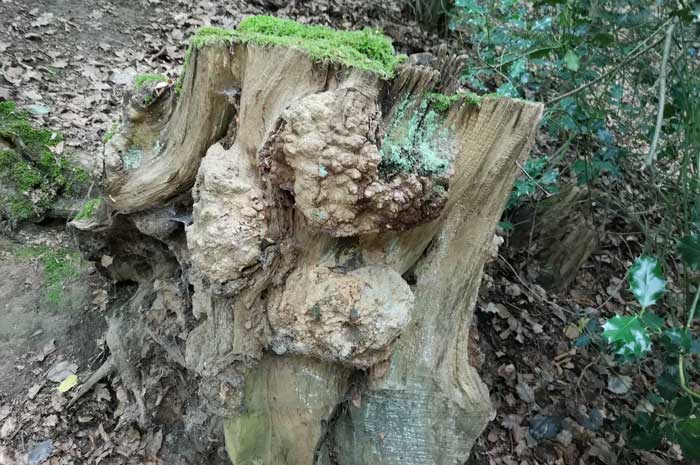
It has long been sometimes striking growth forms that are subsequently even called ghost trees, then it is special growth positions and / or on the contrary, the decay of the tree that attracts our full attention.
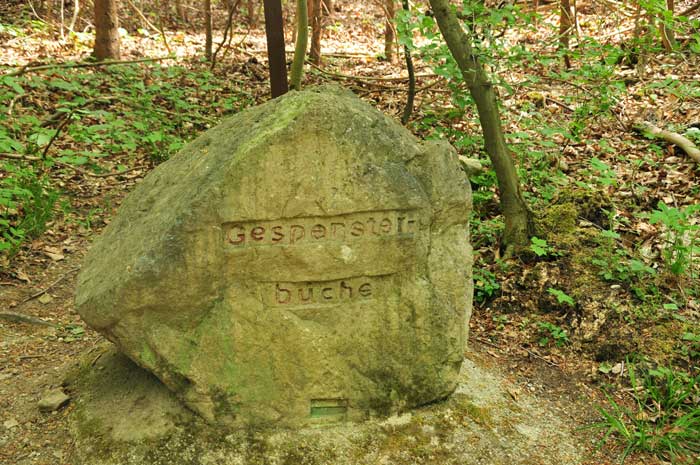
Our walk through the local recreation area Hohenstein then led to a completely different viewing part of the tree, which mostly remains hidden, the tree roots.
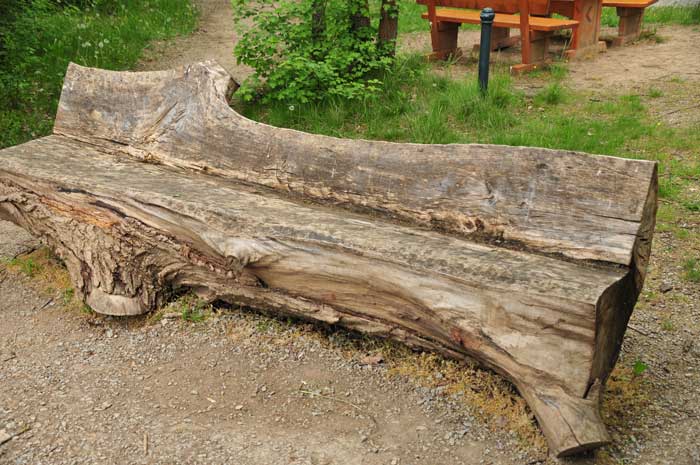
Sure, everyone has seen tree roots before, especially of the so-called flat rooters, which spread out in a plate shape in the upper soil layers. They include many species of spruce, the Banks pine, often also the Douglas fir, the hornbeam and the willow.
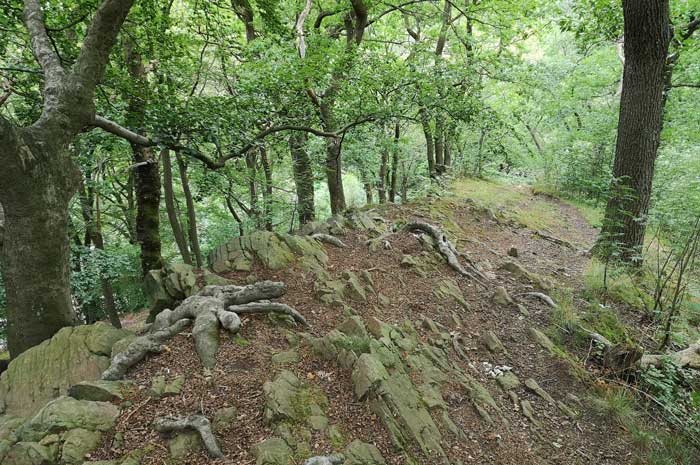
In poor soil conditions, shallow roots cannot find an optimal hold and are often at risk of wind throwing in strong winds. If the subsoil is still rocky, one is often surprised that growth is even possible.
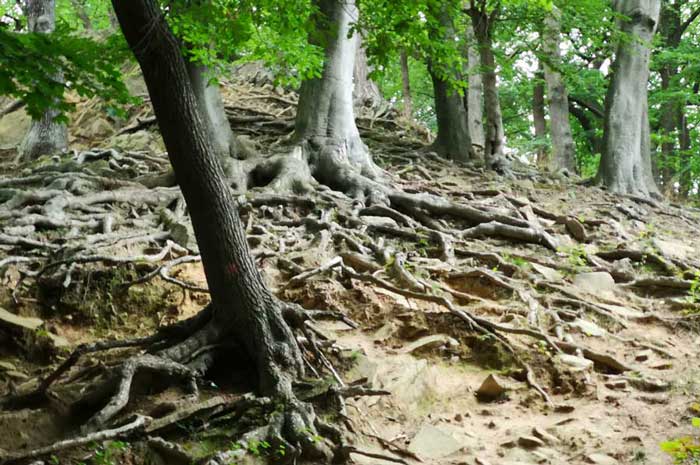
Tree roots are usually out of our sight and it is not surprising that they are sometimes forgotten. But the existence of the whole tree depends on their health and functionality.
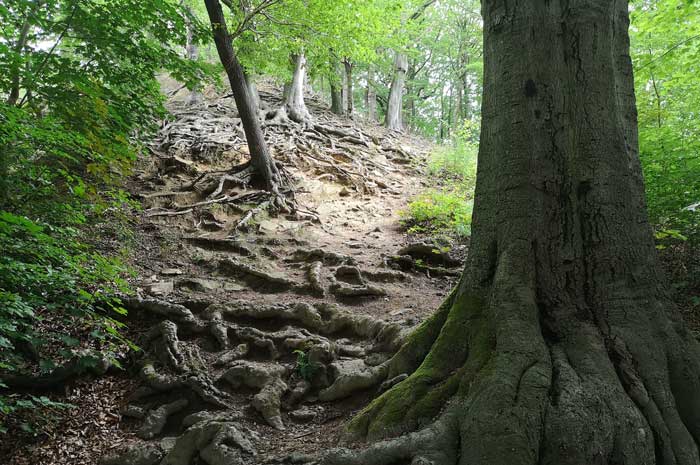
Trees not only need healthy roots, the volume of these underground supply organs must also be in balance with the amount of the above-ground supply organs, the leaves in the crowns.
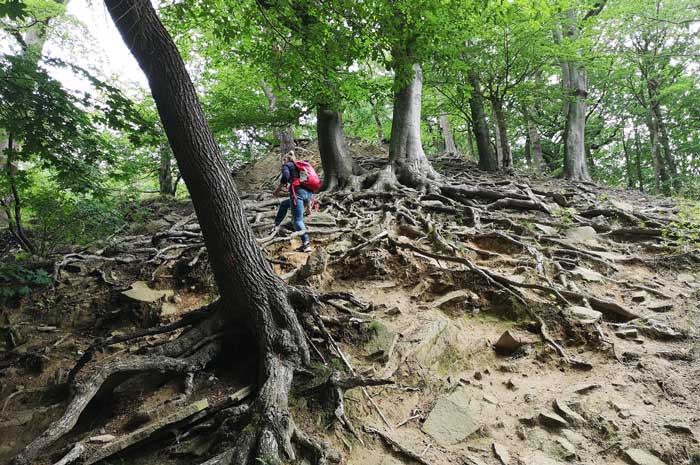
Just then trees are in "equilibrium" and can have their diverse, positive effects on the climate without restriction. However, if there are no optimal conditions for the spreading of the roots, trees can also adapt the root growth to the conditions in order to ensure the formation of a sufficient root volume.
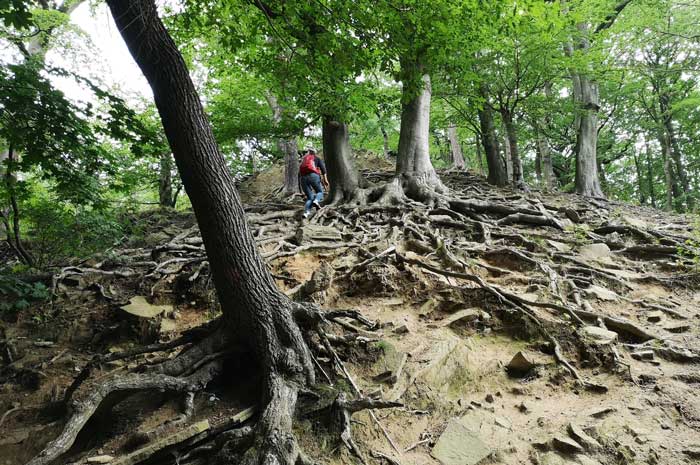
If, for example, typical deep-rooted roots such as oak, plane trees or pines cannot grow deep because of the high groundwater level or because of impenetrable layers such as rock, they form shallow root plates near the surface.
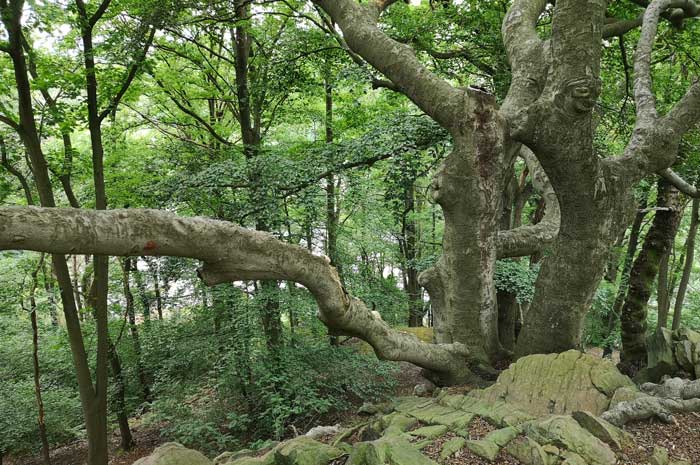
On very shallow soils, trees can root into deep crevices to open up the mineral and organic fine material that has been flushed into them. The boulders can act as abutments and be integrated into the root foundation.
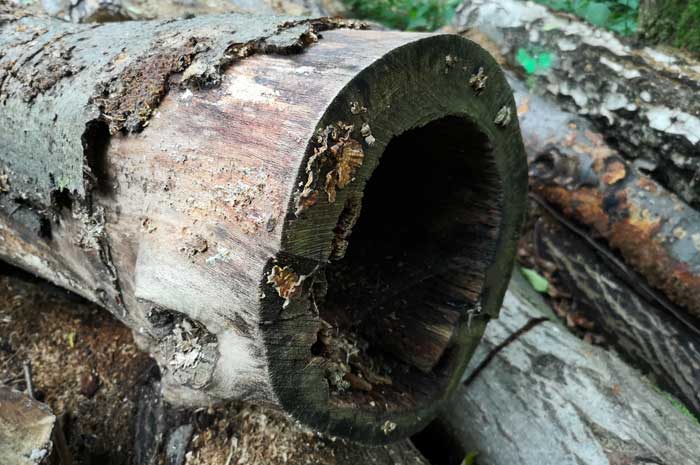
Under suitable conditions, roots can even cross large cavities to ensure the water and nutrient supply to the entire plant, even at extreme locations.
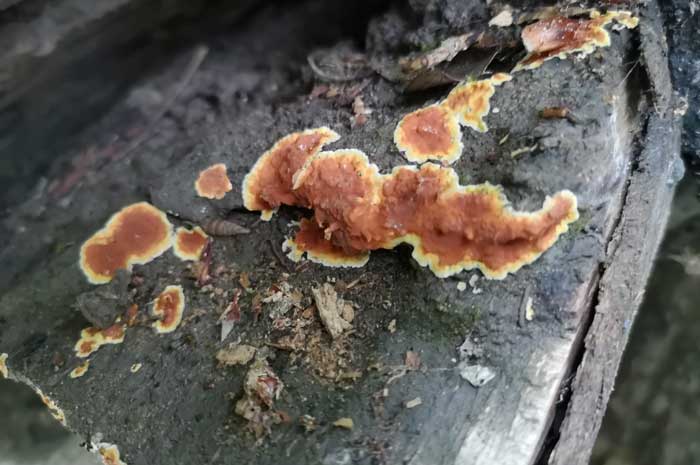
Please read as well:
Cheb in Czech Republic - covered bridge crossing Eger River
Through old town of Avenches from Murtensee Camping